Resource Type: Guide

Lead teacher role description
Lead Teachers are educators who guide the educator team in sharing responsibility for all elements of student support, instructional planning, and delivery; lead the team in maintaining high expectations for student learning; and ensure the team functions at a high level to serve all learners by strength and need. This description of the Lead Teacher role is intended to be customized based on the unique needs of each school district.
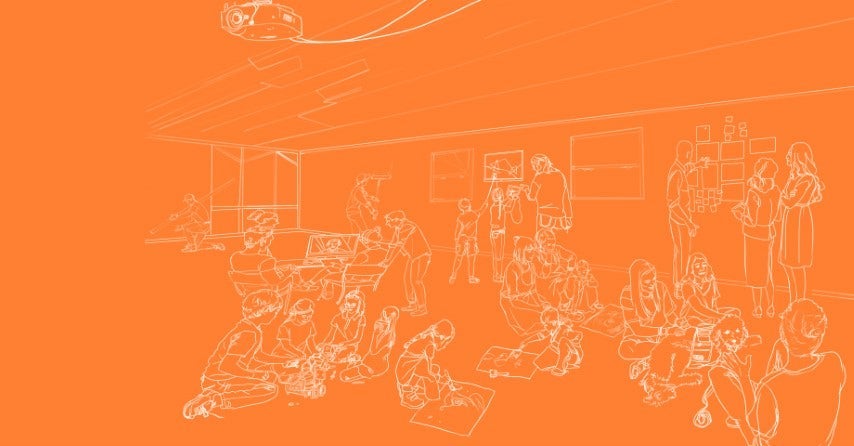
Student-selected support
In an effort to shift the ownership of learning from educator to student, SPARK School at Kyrene de las Manitas has implemented a system for students to reflect on their learning and progress, identify the academic support they need and schedule time to meet with the appropriate educator(s). This resource guides educator teams through steps to implementing student-selected support.

10 Tips for planning team-based deeper learning
The educator team at Kyrene de las Manitas Innovation Academy co-plans project-based units that support deeper learning. The 10 tips appearing in this document are drawn from their approach to planning. To get started, consider how your team might implement these tips.
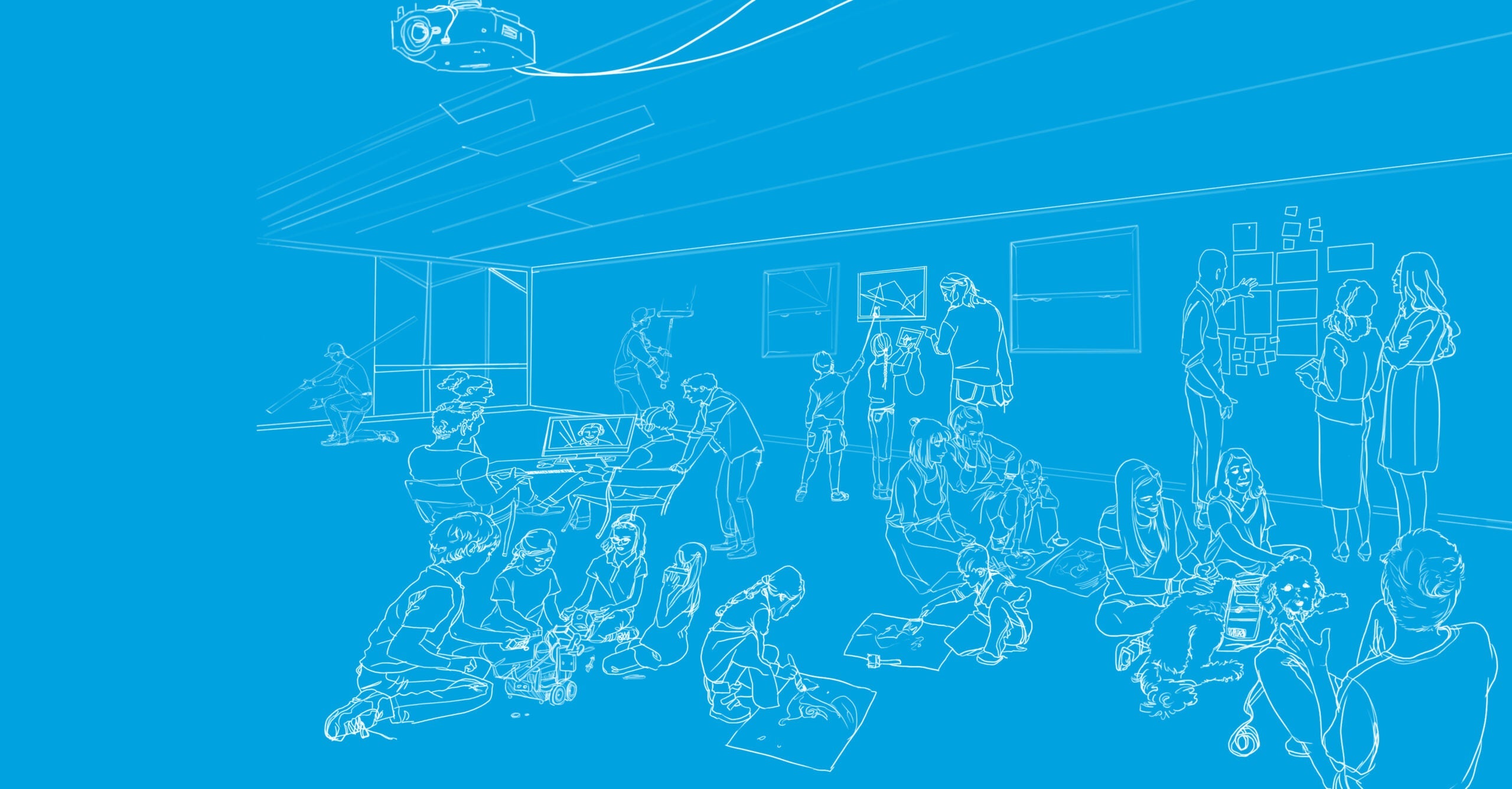
Six tips for engaging a community educator
Explore this resource to learn six tips for engaging a community educator in schools, community-based organizations and anywhere that learning happens.
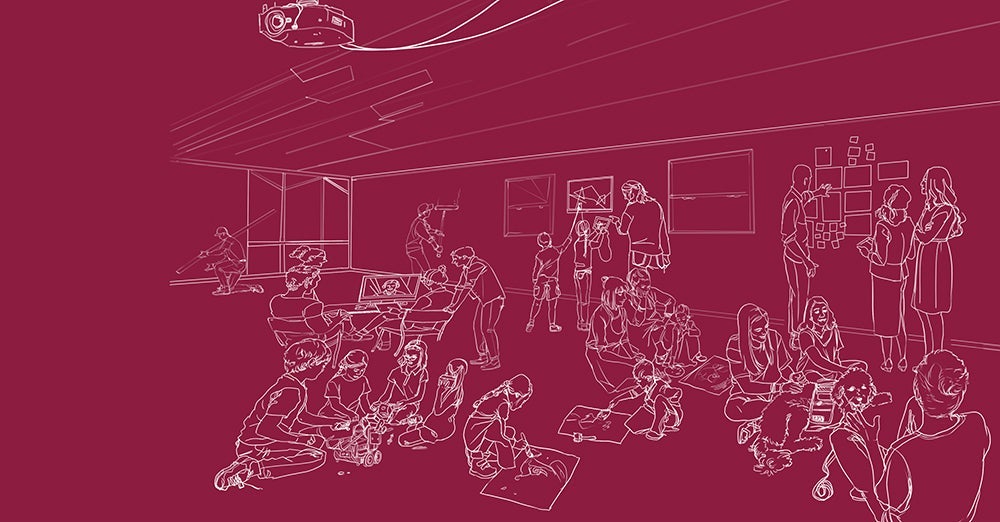
Financially sustainable staffing models
In this document, you’ll read about how two school leaders and one district-level leader make strategic shifts in funding and time to cover the costs of their new staffing models.

Elementary instructional blueprints: An introduction
Elementary instructional blueprints suggest ways teams of educators with distributed expertise might deploy themselves to better deepen and personalize student learning.

Elementary instructional blueprint: Team-based differentiated practice
Elementary instructional blueprints suggest ways teams of educators with distributed expertise might deploy themselves to better deepen and personalize student learning.

Elementary instructional blueprint: Lessons with industry experts
Elementary instructional blueprints suggest ways teams of educators with distributed expertise might deploy themselves to better deepen and personalize student learning.

Elementary instructional blueprint: Thematic learning rotation
Elementary instructional blueprints suggest ways teams of educators with distributed expertise might deploy themselves to better deepen and personalize student learning.

Elementary instructional blueprint: Authentic assessment work time
Elementary instructional blueprints suggest ways teams of educators with distributed expertise might deploy themselves to better deepen and personalize student learning.

Next Education Workforce Teams in All-Remote Environments
In this resource, you’ll find several recommendations for how all-remote teams might deploy their educators to best meet the needs of students.
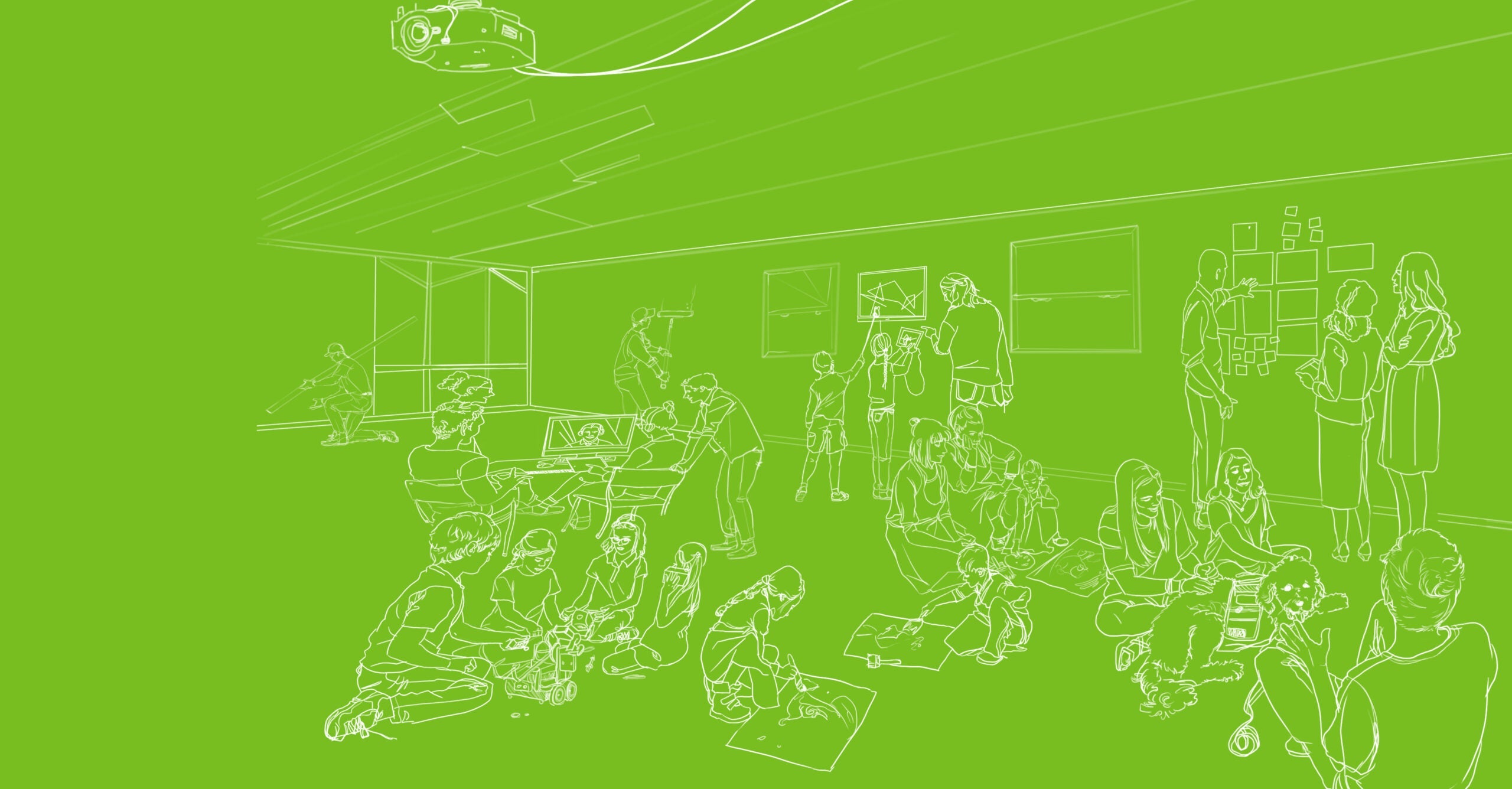
Personalized learning resources
Exploring a new topic can be exciting. We want to help make sure your exploration is productive, with targeted searches from reliable sources. This list, while not comprehensive, offers good resources for planning and implementing personalized learning.

Deeper learning resources
Exploring a new topic can be exciting. We want to help make sure your exploration is productive, with targeted searches from reliable sources. This list, while not comprehensive, offers good resources for planning and implementing deeper learning.

Levels of Student Autonomy
Levels of Student Autonomy is a simple system that supports student independence and personalized learning. The resource below explains how you might implement this system in your learning space.

Team routines and procedures
As we begin to adopt Next Education Workforce models, we inevitably find that some of the routines and procedures that worked in a one-teacher, one-classroom setting need to be adjusted. In this resource, you’ll find a list of some of the routines and procedures our partners redesigned as they’ve worked to implement Next Education Workforce models.
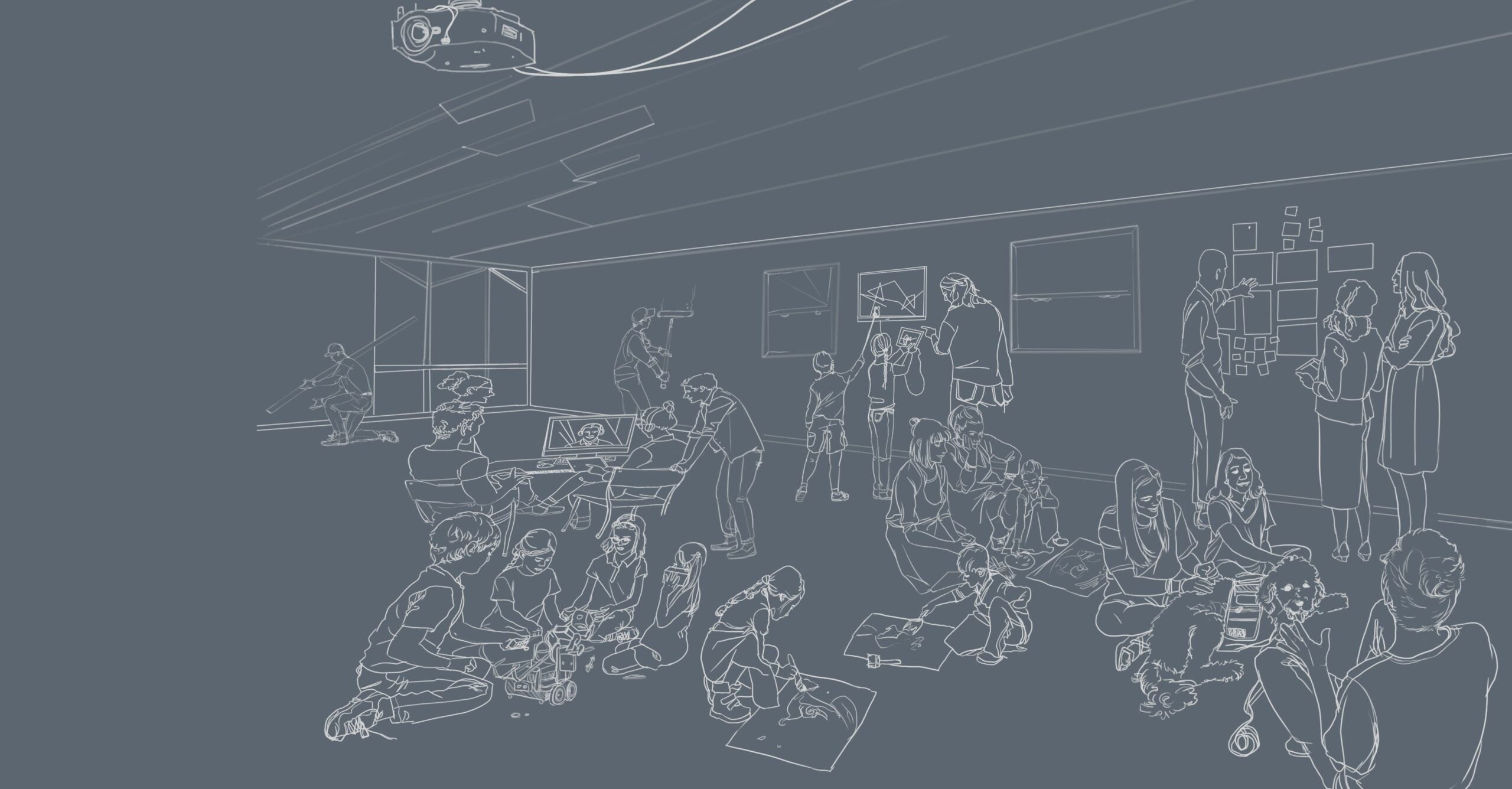
Hiring for Next Education Workforce models
Copper Trails principal Stacy E. Ellis shares how her criteria for hiring new educators changed as a result of teams adopting a Next Education Workforce model.

Two recommendations for adopting a Next Education Workforce model
Justin Wing, Assistant Superintendent of Human Resources at Mesa Public Schools, shares two recommendations for those considering adopting Next Education Workforce models: changing your mindset and starting slowly.
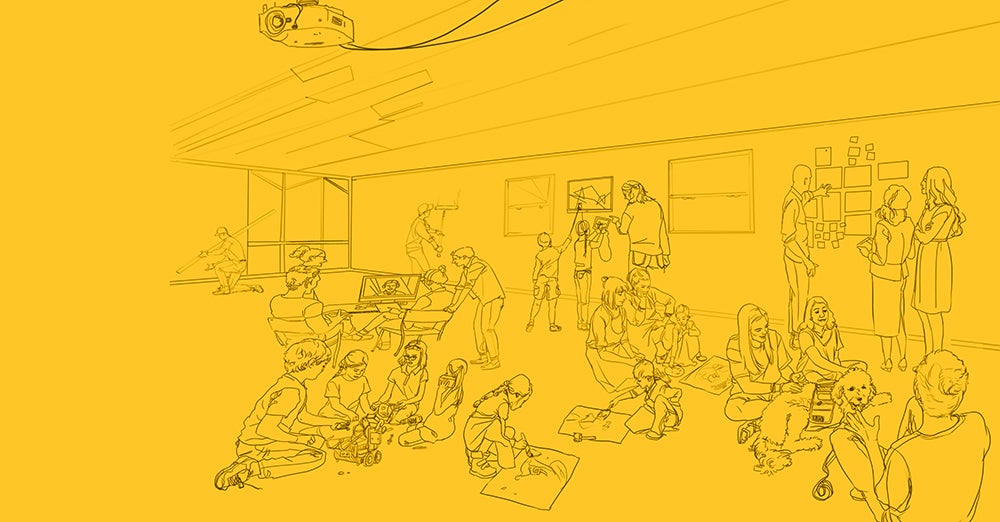
New support roles for educator teams in online and hybrid settings
Who are the groups of adults that might be leveraged to support students? Explore the specific roles those adults might play in the learning space.

The budget and the Next Education Workforce
Justin Wing, Assistant Superintendent of Human Resources at Mesa Public Schools, shares two pieces of budgetary advice for districts considering moving to Next Education Workforce models.

Building a Network of Community Educators
Community educators are talented adults from the community who bring additional capacity, insight and expertise to learning environments. Read on to learn about community educator roles; knowledge, skills and dispositions; policies and practices; and more

